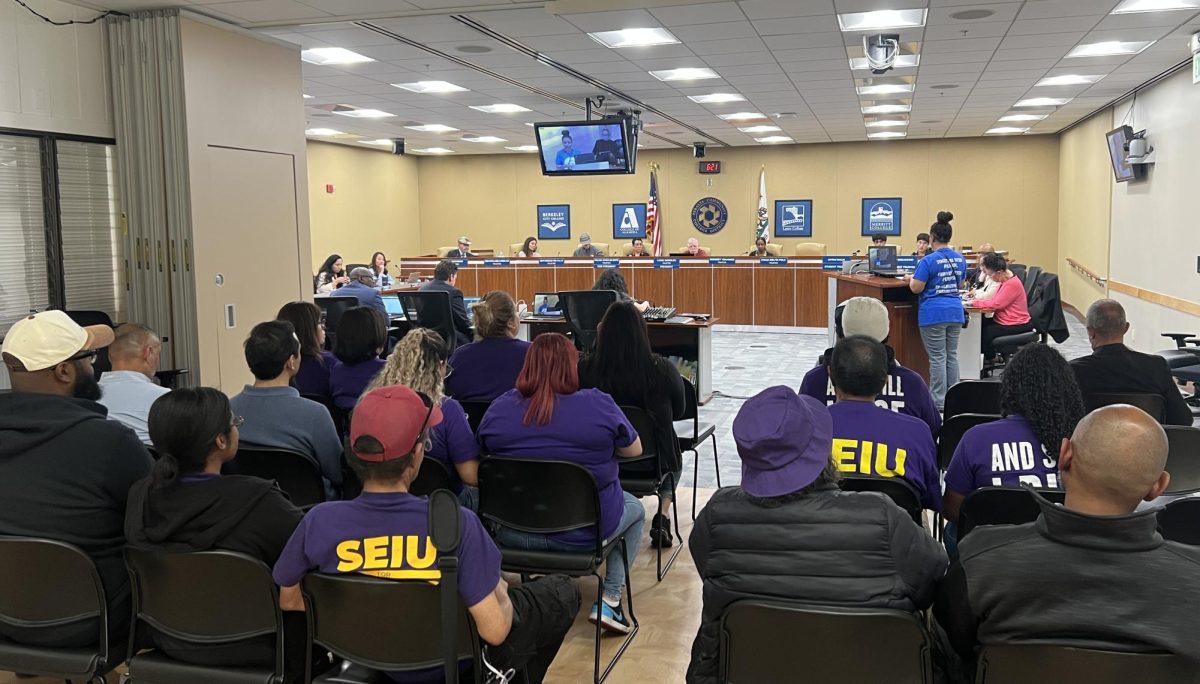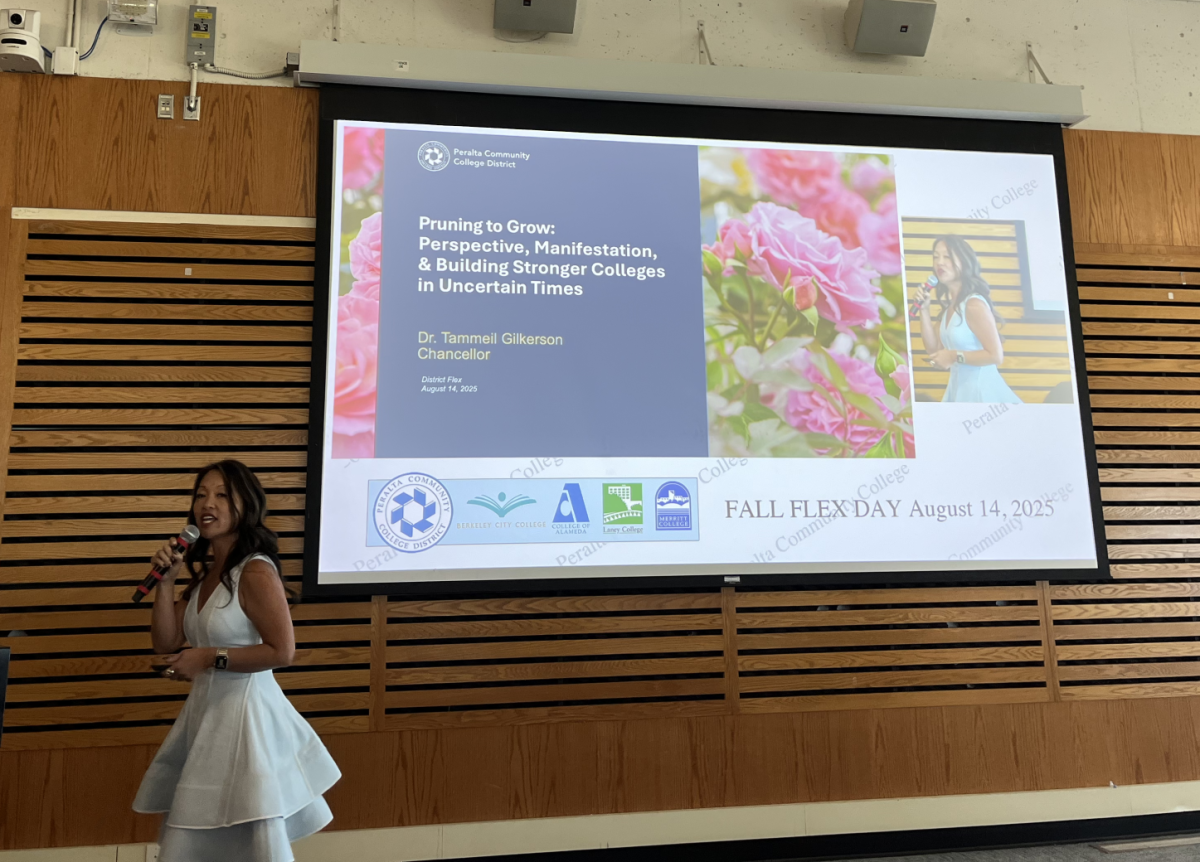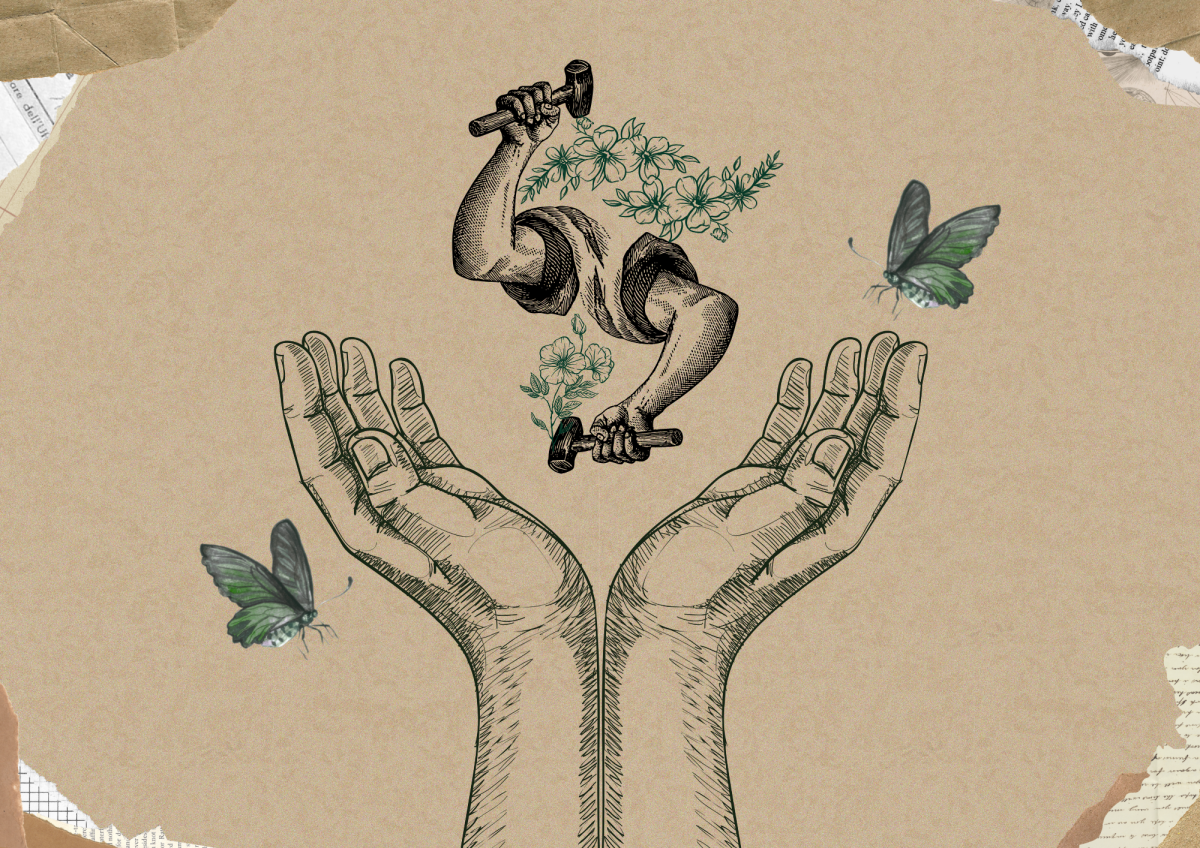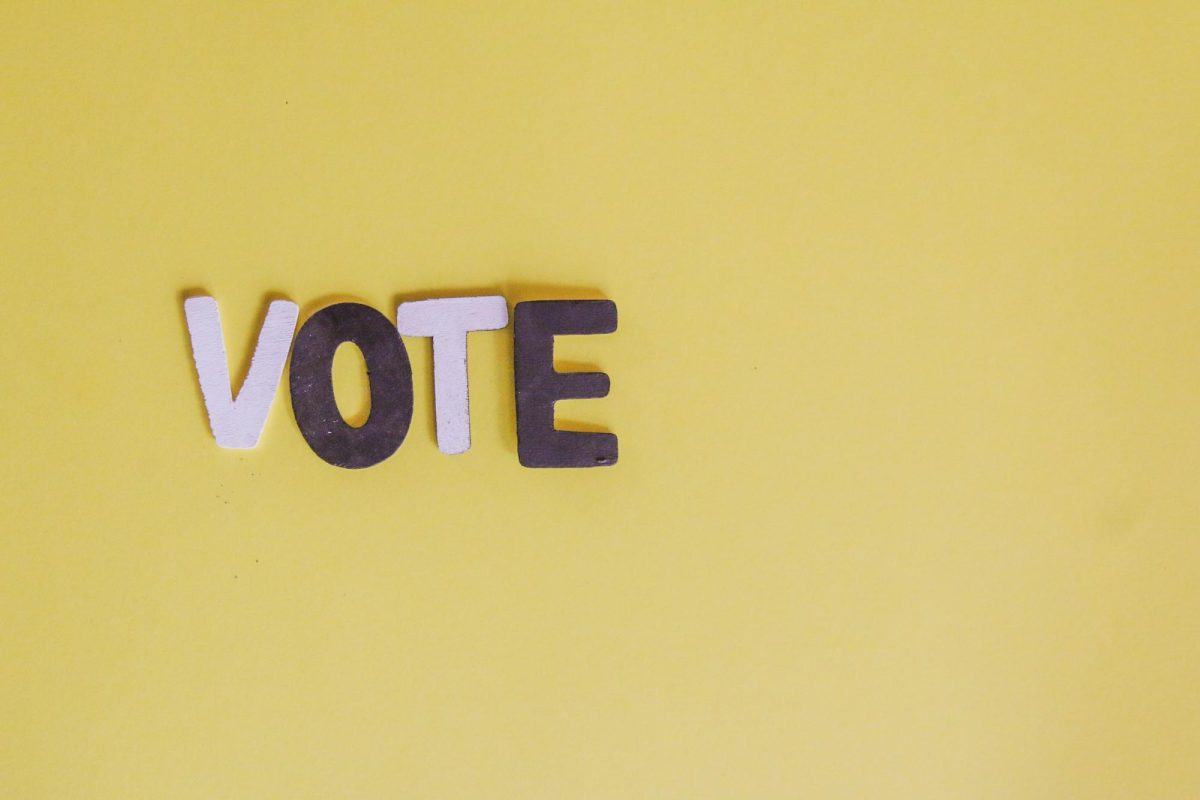Celebration marks Persian new year with food & traditional Setar music
By Eva Hannan
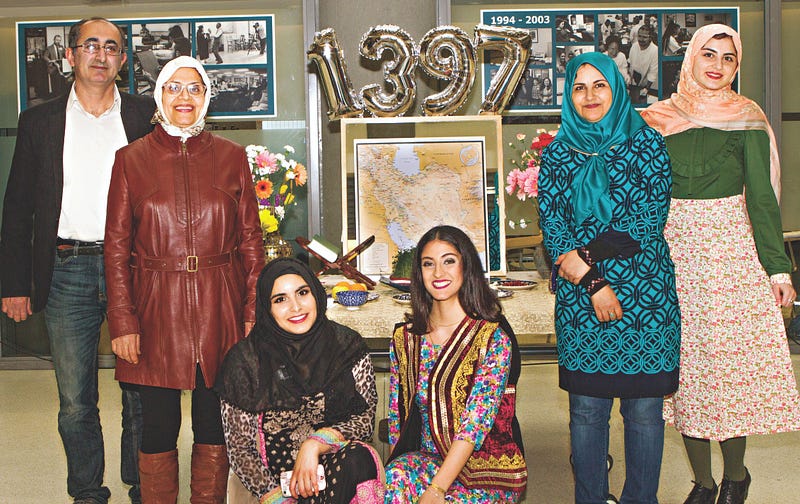
In many parts of the world, this is not the year 2018, and it didn’t start in January.
A year on Earth lasts 365.25 days, which is an issue for any calendar hoping to stay consistent over the years.
The people of ancient Persia and modern-day Iran (as well as other cultures world-wide) use the Solar Calendar, which means they base their measurement of the year on the cycles of the moon.
At Berkeley City College, the Muslim Students’ Association hosted the Persian New Year celebration with traditional music by Abolhassan Mokhtabad. He is a journalist as well as musician. He studies and reports on the regional differences in traditional food, music, instruments, and clothing of the large and varied landscape of Iran.

This year is 1397 on the Persian calendar. MSA treasurer Fatemeh Saremi, who helped organize the new year’s event, explained that the calendar has been around for over 3,000 years, albeit in various forms.
“It has been modified time and again,” she said, “to suit climate and religious purposes. Each time a new ruler would come, they would burn libraries, try to get rid of religion and culture and tradition.”
Incoming rulers would ban the new year’s celebration all together, but the traditions have managed to persevere against time, oppression, and formidable armies.
March 20 marked the spring equinox this year. Vernal refers to spring, and equinox means “equal night” in Latin. The Persian New Year is known as Nowruz (pronounced “no-rooz”), or “New Day” in Farsi, the official language of Iran. The celebration, which lasts several weeks, is rooted in the ancient Iranian religion of Zoroastrianism.

At BCC, a reception followed the music, with Middle Eastern food and the pivotal Haft-Seen, or collection of items, arranged for the new year.
Haft-Seen means “seven S’s” and refers to seven items, whose names all begin with the Persian letter “S,” arranged on a table and prominently displayed in the home.
These items include a living plant, or sabzeh, for rebirth and renewal, fruits senjed and sib, for love and beauty, a sweet pudding called samanu, for fertility and affluence, garlic (sir), for health, vinegar (serkeh), for the wisdom that comes with aging, and the spice sumac, whose red color “recalls the sunrise” that ushers in the new year.
Other items include the Quoran or a book of poetry, a mirror to reflect the past year, and coins, decorated eggs, or even an orange in a bowl of water.
The goal is to get the word out that people from the Middle East are not all the same, and that in one country the culture varies widely, Saremi said.
“As an immigrant, I think it’s my responsibility to introduce my culture,” she said. “I want to be the person who provides my own narrative. Community college is where people come to learn, so I think it’s important to tell people this is where I’m from.”
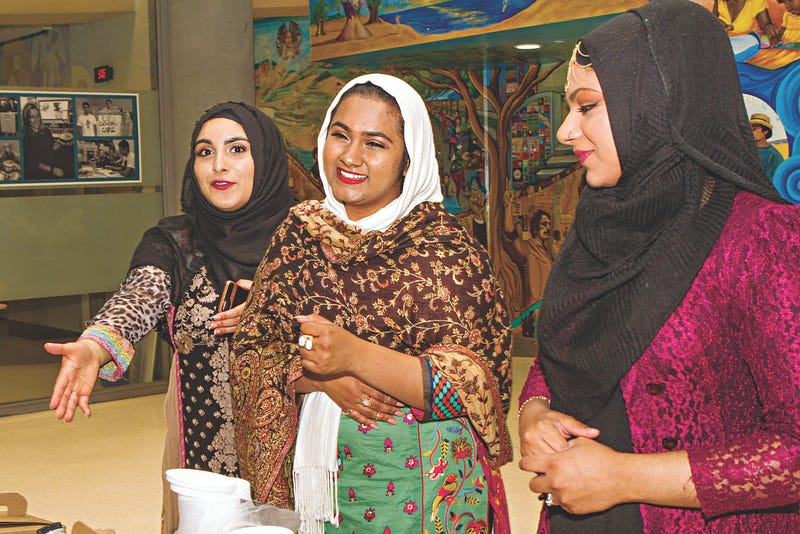
Eva Hannan is a writer for The Laney Tower




